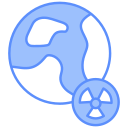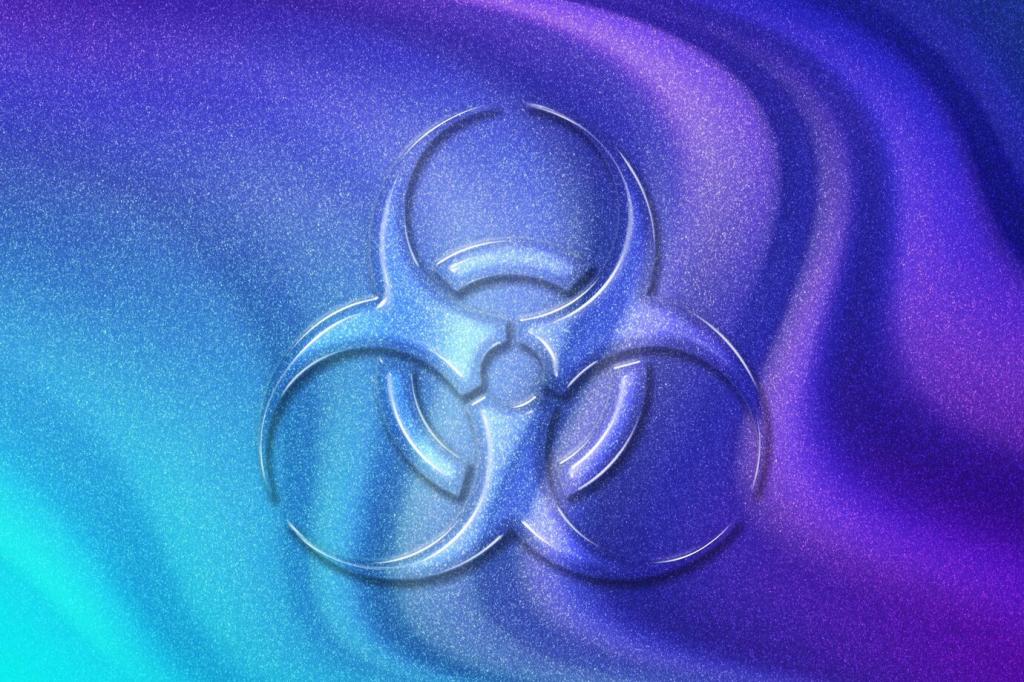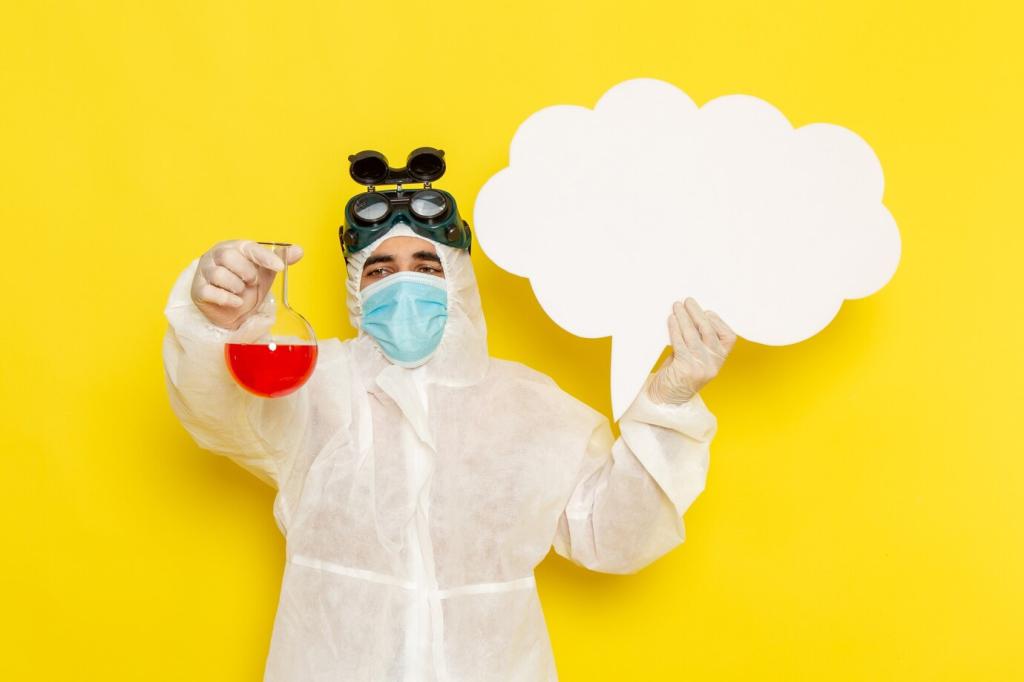Everyday Actions that Protect Ocean Health
Look for third-party ecolabels, fragrance-free options, and readily biodegradable ingredients. Concentrated refills cut packaging, and bulk purchases reduce transport emissions. Share your favorite ocean-safe products in the comments to guide fellow readers.
Everyday Actions that Protect Ocean Health
Never flush medications, wipes, or chemicals. Use drug take-back programs, hazardous waste drop-offs, and community collection days. Tell us about programs in your region so we can build a helpful, crowd-sourced directory for everyone.










